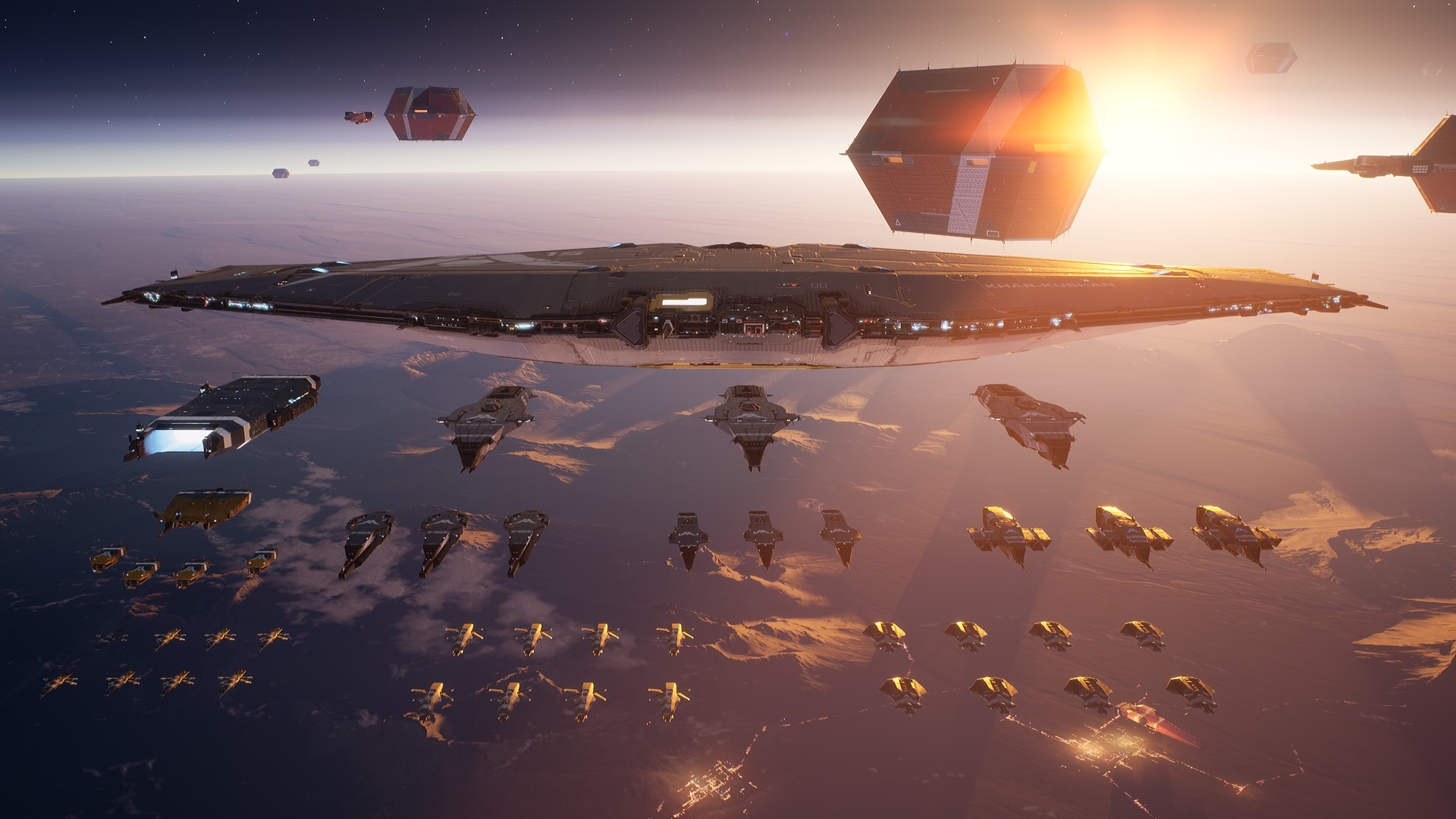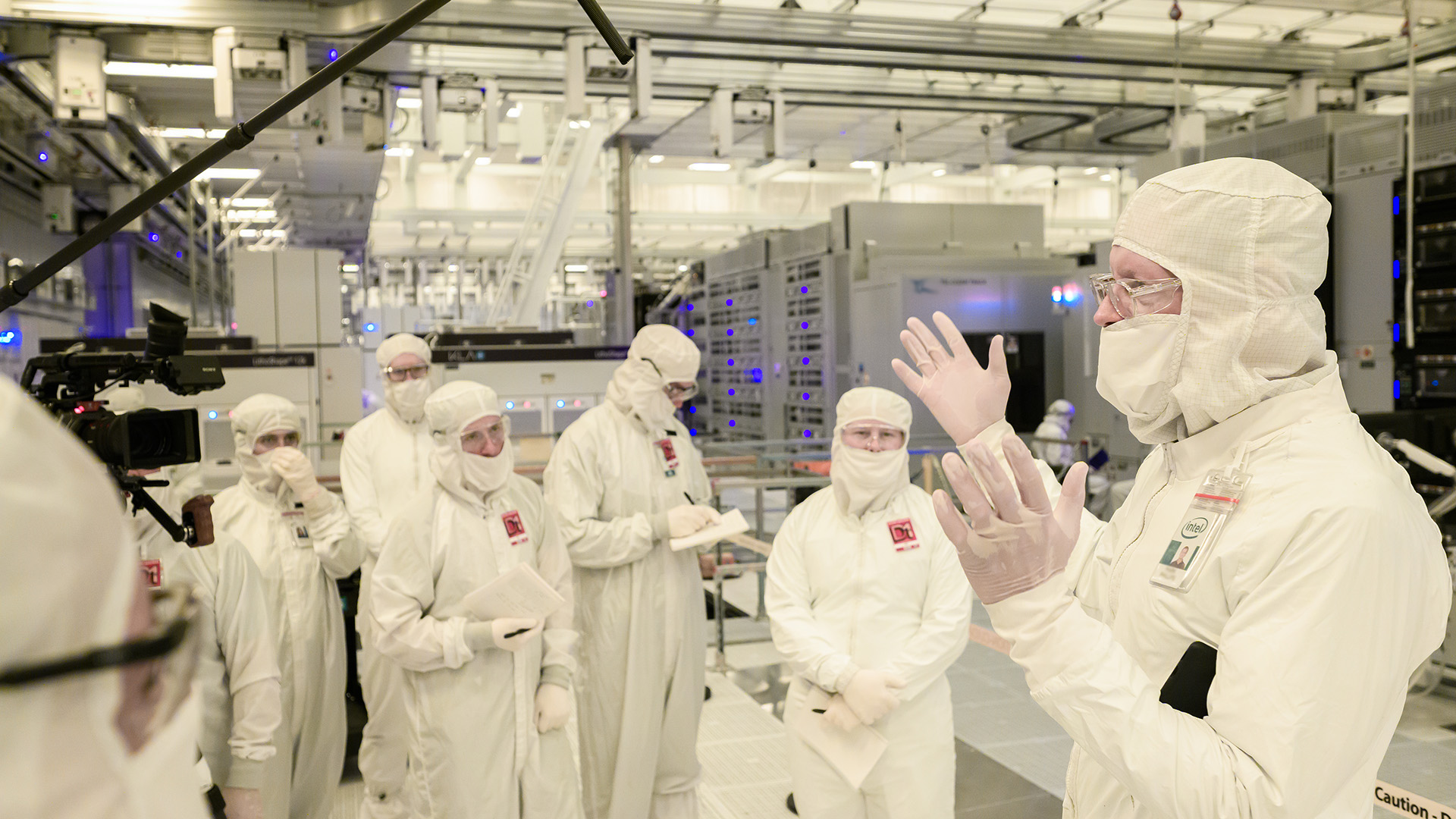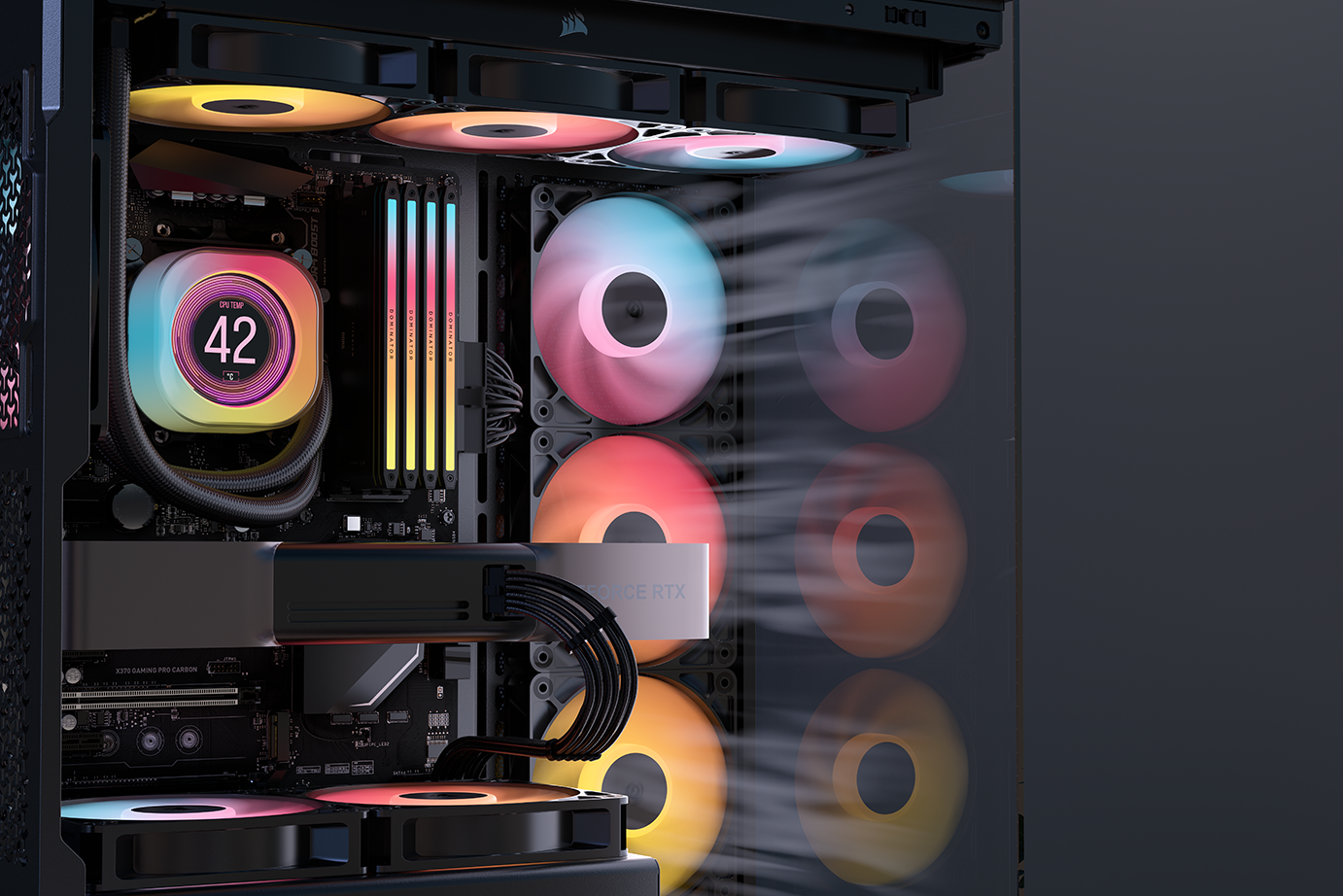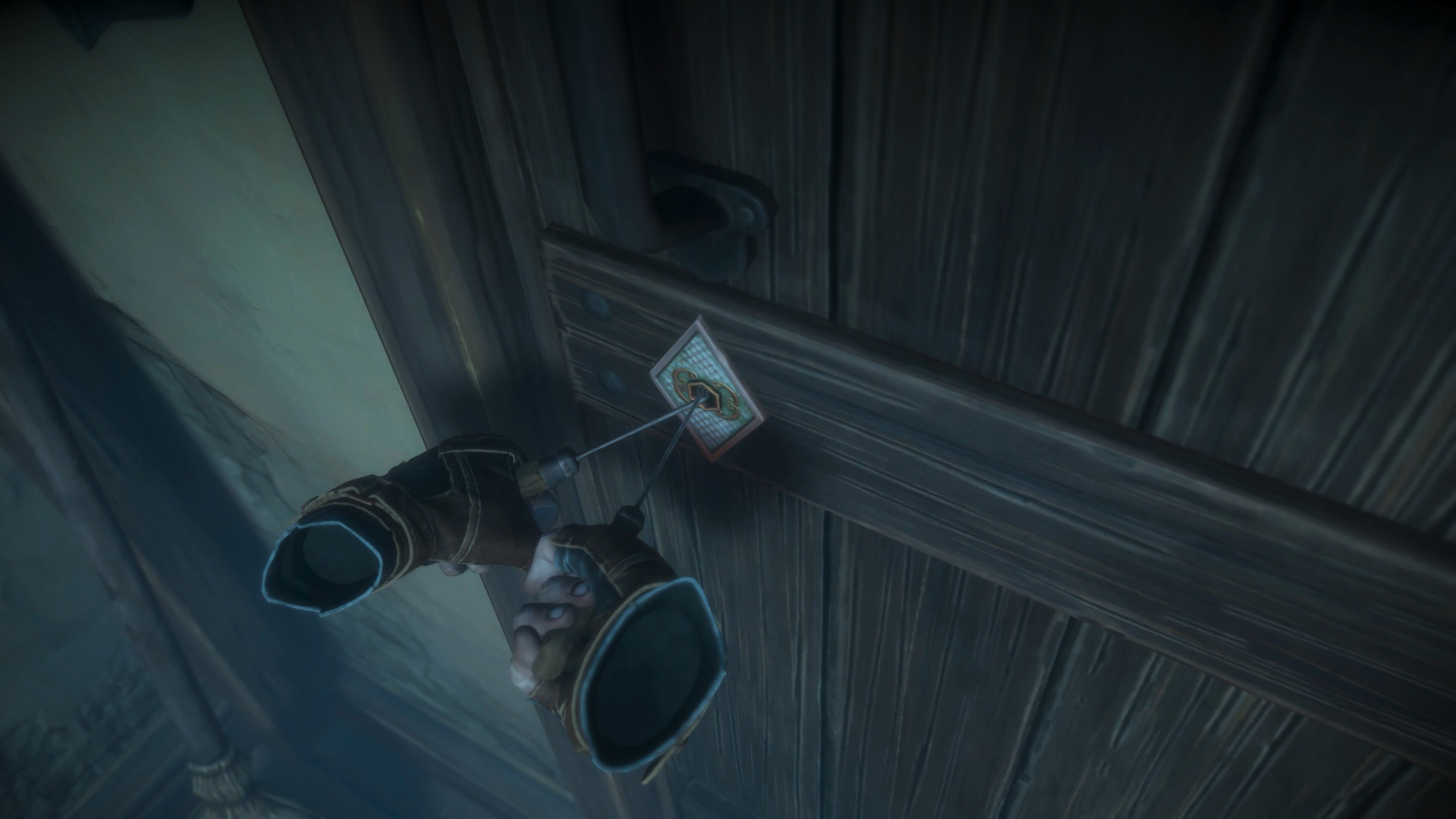
Time for a change of pace.
With Homeworld 3, Relic’s classic space RTS looks set to join the pantheon of returning PC gaming gods. Blackbird Interactive (the new studio, helmed by many of the original Homeworld devs) invited me to test-drive War Games mode, one of its big new features: a roguelike-inspired PvE mode for strategists in a hurry.
As someone historically bad at real-time strategy games, I still wholeheartedly recommend the Homeworld series to anyone with even a passing interest in grand space operas. While no slouch as serious competitive games, the Homeworld series was always carried by its grandiose vibes, surprisingly powerful storytelling and spectacular, messy space battles. If that sounds even slightly intriguing, I recommend picking up the recent Remastered bundle of Homeworld 1 & 2, plus the GOG release of Homeworld: Emergence, the excellent but un-remastered middle game in the series.
(Image credit: Gearbox Publishing)
These are classic games, and a hard act to follow. And while I can’t speak to the quality of the writing and campaign design in Homeworld 3 (the demo only included a short tutorial and a slice of the content from the new War Games multiplayer mode), I’m very happy to say that this is unquestionably Homeworld. The ships look immediately familiar, but are sharply textured and the hulls smooth and rounded when zoomed in on. The sound effects are punchy and sometimes overwhelming, just as I recall. It may have been nearly 20 years since Homeworld 2, but this feels exactly how I recall, but better.
While the meat and potatoes of any Homeworld is the story campaign (and the skirmish/PvP mode once that’s over), Homeworld 3 is adding a new, third option to the mix: War Games. A PvE mode playable solo or in three-player co-op, it puts a light roguelite spin on the traditional cooperative ‘comp stomp’ (multiple players against a usually numerically superior AI) format, and plays out quickly enough for a session to be done in under an hour, culminating in a ‘boss’ encounter against a heavy capital ship. After a few sessions, I can definitely see the appeal, even if I think it still needs a little longer in the oven to properly tune.
A War Games run has players picking from one of several starting fleets, and then completing a trio of small missions, each on their own map. Each map has a limited pool of resources to harvest, a random set of objectives to complete and artefacts to collect, plus continually escalating enemy spawns that will eventually overwhelm players unless they hustle. As such, it’s a bit of a scramble (each map taking only 10-15 minutes) to grab the loot you can, build what forces you want and complete objectives as efficiently as possible, then hyperspace-jump into the next encounter. Win or lose, you’ll gain experience going towards unlocking new starting fleets, artefacts to find and other rewards.
(Image credit: Gearbox Publishing)
While the missions aren’t especially deep (go here, hold this point, defend this NPC vessel, etc) what I found added the most variety to a War Games run was artefacts, the strongest nod towards modern roguelike design. Each one collected gives you a randomised list of three perks to pick from. Some unlock a new unit type, others giving a bonus to a class of units, or increasing the limit of units you can command of a particular type. They’re quite significant upgrades as well, defining the strategies and unit compositions I’d use each run. In co-op, each artefact collected gives each player their own pick of three options, meaning that everyone can specialise in their own preferred ways.
There have been a few tweaks and changes made here, but the fundamentals are immediately familiar and accessible to a returning fan.
While just a small slice of the final product, my impression from playing War Games mode is that Blackbird have taken an ‘if it’s not broke, don’t fix it’ approach with Homeworld 3. Which seems wise, given how well the original games hold up, especially in their semi-recent Remastered incarnations. There have been a few tweaks and changes made here, but the fundamentals are immediately familiar and accessible to a returning fan. But after twenty years, there’s been a few changes made under the hood as well.
Among the unavoidable changes, the two most significant differences are how the game is calculating damage. While the classic Homeworld games had a layer of abstracted damage rolls behind their spectacular space dogfights, Homeworld 3 goes the Total Annihilation route and tracks every projectile as a physical object, with whatever it hits (enemy or even potentially allied ships alike) taking damage on impact. It changes the dynamic of fights a little, with fighters in an evasive formation able to juke around oncoming shells, while homing missiles have an advantage. Plus, it just looks nice once you zoom the camera up close—if something looks like a bad, heavy hit, it probably was.
(Image credit: Gearbox Publishing)
The other notable change is the battlefields. Homeworld has historically featured spectacular starscape backdrops worthy of the best pulp sci-fi novels, often with titanic superstructures visible off in the distance, but the actual battlefields were mostly empty. While allowing for free manoeuvre, the only thing differentiating one map from another was the placement of its resource fields, the occasional gas cloud, and player start positions. Homeworld 3 is bringing all those big backdrop elements into the foreground, and asking you to factor them into your strategies.
While many engagements played out as per Homeworld standard, objectives tended to be placed in interesting nooks and crannies, forcing different approaches.
Homeworld 3 now officially has terrain to navigate, and I got to poke around several densely decorated maps playing the War Games demo, which had me fighting in and around the floating wrecks of impossibly huge spacecraft and stations. While many engagements played out as per Homeworld standard, objectives tended to be placed in interesting nooks and crannies, forcing different approaches. A target at the bottom of a deep ‘valley’ in the map is no problem for a wave of fighters to get to, but larger ships (which remain stubbornly aligned against the horizon) need to slowly lower themselves downwards, and might have trouble shooting at targets below unless their weapons are belly-mounted.
These tunnels and gaps also make long-ranged weaponry like railguns and torpedoes more situational in their usage. Sniping at the edge of radar range is all well and good when you’ve got a clean line of sight, but if there’s a town-sized slab of metal in the way, you’ll have to take a very long way around to get a nice sniper shot. While it didn’t fundamentally change the experience for me (at least so far), it did add a new strategic wrinkle to a familiar formula, and I’m curious to see how Blackbird expands on it in the campaign and PvP maps.
(Image credit: Gearbox Publishing)
If there’s one concern that I’ve got about Homeworld 3 after playing the War Games mode, it’s that it might not be difficult enough in this early state. As noted, I am historically bad at RTS games, despite enjoying them. Company Of Heroes often has me floundering to keep track of what’s going on, and put me into a competitive Starcraft match and I will probably cry. And yet even thoroughly half-assing things (including one run where I lost all my resource collectors without the means to replace any of them), I’ve breezed through most of my attempts at War Games so far.
Armed with just a few fundamental rules of the genre (always attack-move, never sit on resources I could be spending on more units, and keep my forces together in a big blob so I don’t have to micromanage things), my experience of War Games felt like more of a casual comp-stomp than a roguelike challenge. Enemy spawns tend to be small enough to clean up quickly before they get out of hand, and while encounters in co-op scale to the number of players, the game has yet to make me sweat in the way that past Homeworld games did.
(Image credit: Gearbox Publishing)
While it makes for a gratifying and replayable demo experience, I do hope that the full version of this mode lets me crank up the heat a little, perhaps offering some difficulty settings. But despite the mild challenge, this feels unquestionably like Homeword. It looks like Homeworld, it sounds like Homeworld. Old muscle memory reactivated almost immediately, and long-dormant neurons reignited. Even in this bite-sized format, it’s a moreish strategy snack, and I cannot wait to get my teeth into the main course that is the story campaign.
One final detail revealed during the preview event was that Homeworld 3 is going to have a full suite of mod tools at (or near) launch, plus integrated cross-store mod support courtesy of Mod.io. This means that mod releases won’t be reliant on Valve’s increasingly creaky Steam Workshop framework, and can be browsed and downloaded in-game no matter where you bought it from. Given Homeworld’s long history of mods (despite minimal official support for them), I can see this greatly extending the game’s life, even if War Games mode doesn’t catch on as Blackbird are hoping.
Homeworld 3 launches early next year, with Blackbird and Gearbox currently targeting a February 2024 release.




